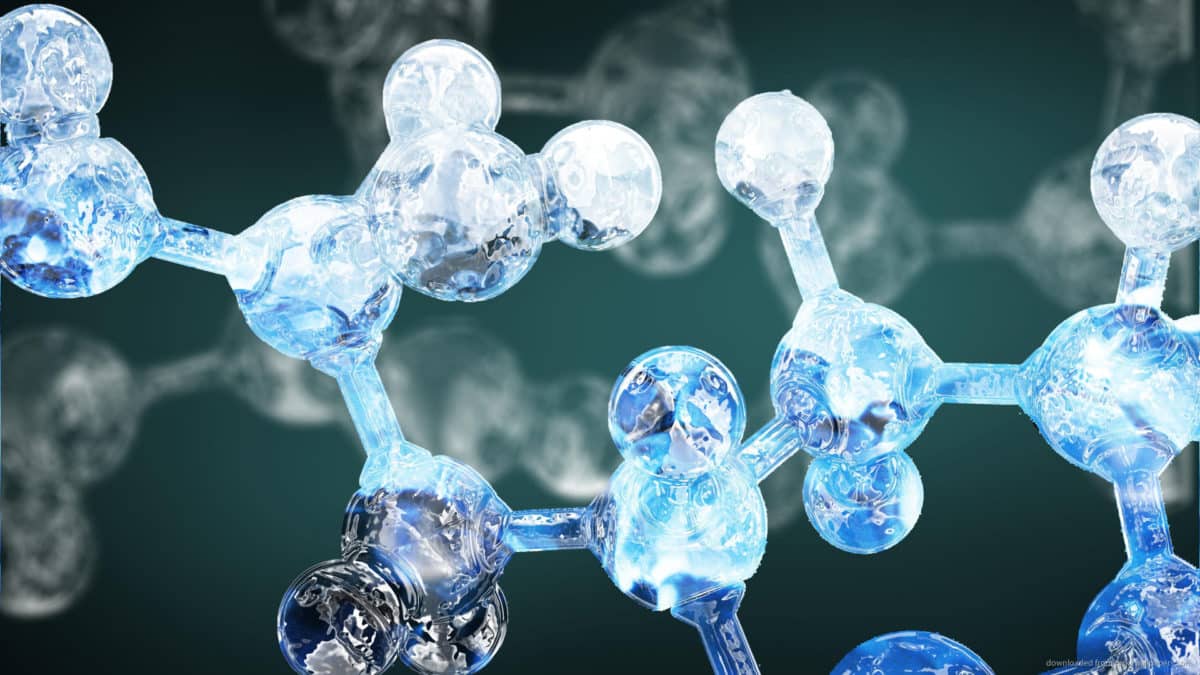It’s definitely not in realms of impossibility. Through the appropriate molecular models for the drug molecule one can get a good idea for how for example, the ionic charge of a molecule and the hydrophobicity can affect it’s interaction with a biomembrane. Using free energy sampling methods (usually something like free energy perturbation or related methods) one can get an idea to how favorable an interaction of a drug molecule is with the in vivo system. There are numerous weaknesses of different free energy methods but that is a absolute can of worms that you can find around in Quora and on journals too.
These may be useful to weed out candidate molecules which obviously do not favor the desired drug-like interaction.
It is important to note that the timescale of MD is still quite limited at the moment (nanosecond simulations are the most feasible right now) and whilst restarting the simulations again and again is a feasible option, velocity algorithms – even one as efficient in energy conservation as the verlet may be prone to errors. Having the right paramerisa
tion for the force fields involved is also non-trivial and the way most labs do it is to take a well established model and modify it accordingly.Also, MD sucks in the fact that it *cannot* model bond-breaking very well, or at all. So specific mechanism is out unless hybrid methods are really well developed.
Docking simulations in enzymes is something I have done some time ago, but what I found was that whilst (for example, changing a functional group to a OH to a Cl to a Br to see the size effects – testing the ALDC enzyme 21 CFR 173.115 – Alpha-acetolactate decarboxylase (α-ALDC) enzyme preparation derived from a recombinant Bacillus subtilis.) *getting* a molecule to fit into a enzyme is easy, doing the actual assays and trying to get a nice result is a messy business. Personally, I think a general free energy profile study of a certain group of molecules that are candidates is useful, but specific groups are hard to pin down.
For specific groups, QSAR – Quantitative structure–activity relationship is something that does a statistical sampling over known reactive groups and use that information to track down new structures. However, I do not have much experience in that…

















































